Perennial phlox decorate summer cottages, flower beds, rockeries, rocky gardens and local areas. Flowers captivate with their variety of shapes and palette of shades. Flowering begins on warm spring days and ends in mid-August. To see this beauty next year, you will have to work hard and tidy up the phloxes and the soil around them.
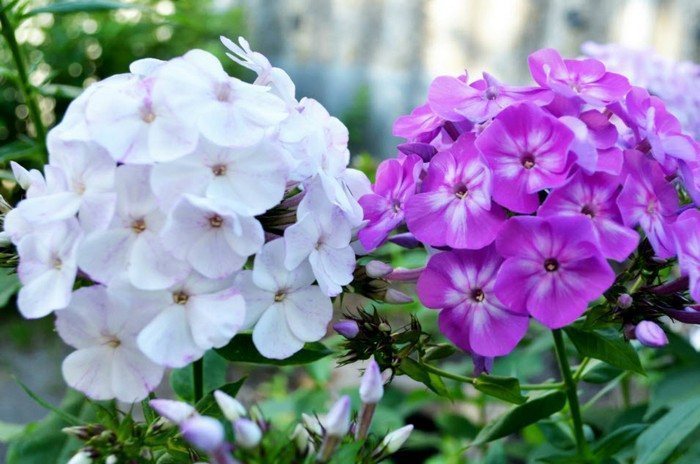
Care after flowering
Specific dates for post-blooming events are determined by weather conditions and climate. But the set of steps is the same for all regions.
Stages of care after flowering:
- treatment of crops and soil from pests and fungal diseases;
- complex fertilizing;
- plant pruning;
- watering;
- mulching.
After flowering, if necessary, the flowers are divided and transplanted to a new territory. These actions are performed every 5 years.
Preventative treatment
Phlox, like any flowering plants, are susceptible to certain diseases and insect parasites. Preventive treatment with special agents simplifies the fight against pests and fungi.

Possible phlox diseases:
- Powdery mildew - accompanied by a grayish-white coating on the leaves.
- Septoriasis is a fungus that causes brown spots on the lower leaves.
- Leaf spot is a disease that causes drying and yellowing of the foliage.
- Fomoz - accompanied by darkening of the stem during flowering.
In addition, the crop is attacked by pests, leading to the death of the plant.
Possible pests of phlox:
- Nematodes that destroy flowering plants.
- Slugs that destroy young foliage and shoots.
- A slobbering frog that disfigures foliage during drought.
Preventive treatment after flowering is carried out until the end of September, and the thermometer should not be lower than 18 °C. Otherwise, some treatment compounds will be ineffective.

Preparations for spraying
Spraying with copper-based preparations brings good results, but only in dry weather without wind.
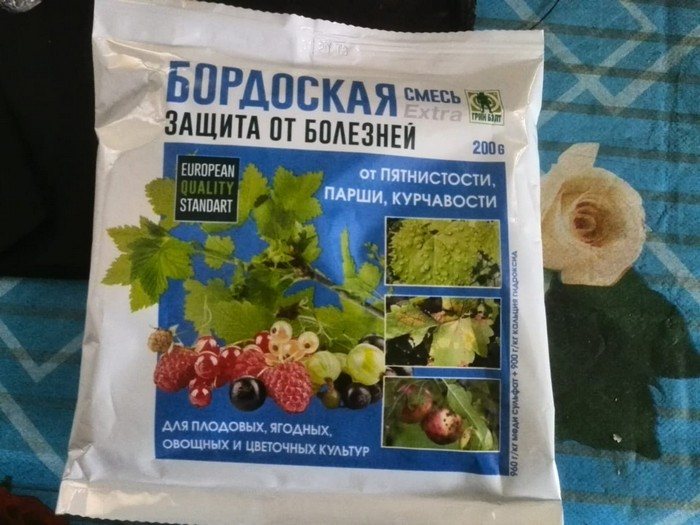
These are the following compositions:
- a solution of Bordeaux mixture of 0.2% concentration and copper oxychloride of the same saturation;
- a combination of 1% copper and 1.5% iron sulfate.
The latter composition is used not only for treating phloxes, but also for the soil around them. For spraying in any weather, choose solutions of Fundazol or Fitosporin. Composition and use of preparations for irrigation:
- 5 g of Fitosporin per bucket of water for soil.
- 10 g of Fundazol per bucket of water for bushes and soil.
The procedure is carried out before trimming the flowers. The choice of drugs depends entirely on the wishes of the gardener.
Feeding phlox after flowering
The best time to apply fertilizer is early September. The day is selected with the condition that 2 weeks have passed since spraying. Flowers must be fertilized after flowering and before wintering, but a large volume of fertilizer is not required. Therefore, they are limited to one-time feeding.
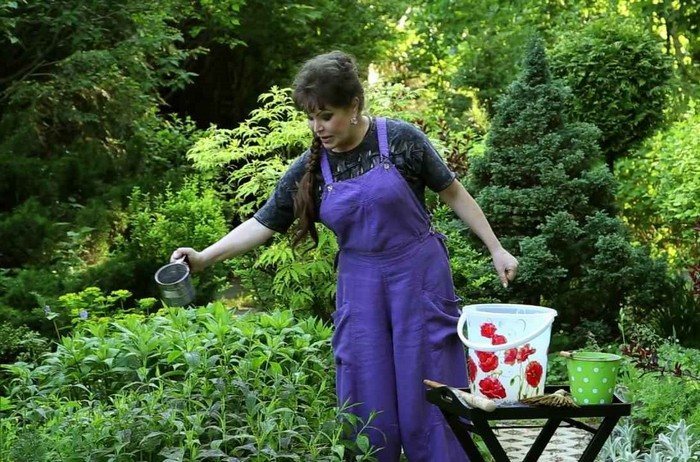
List of fertilizers:
- 1 tbsp. wood ash (or 0.2 kg of bone meal) plus 2 tbsp. l. superphosphate per 1 sq. meter.The mixture is scattered over the moistened soil and slightly immersed with a hoe into the soil.
- Ash solution at the rate of 100 g per bucket of water. Water the soil around the plant.
- 2 tbsp. l. dry potassium sulfate per 1 sq. m. Scatters around the bush.
- 30 g of potassium sulfate and superphosphate per bucket of water.
- Composition of 30 g of phosphorus-potassium fertilizer and 0.5 buckets of compost or peat crumbs. Scatter around the plant.
- Ready-made complex formulations for autumn use.
Liquid fertilizers are introduced after watering. This makes nutrients easier to absorb. The best time for feeding is evening.

Dry fertilizers are suitable for cloudy weather. In this case, food will flow to the root system along with precipitation.
The dosage should not be reduced. The benefit from such feeding is minimal. And also increase the standards, since the phlox will lose its lush flowering in the next season.
Pruning after flowering
Along with the removed vegetation, harmful insects and their larvae leave the bush, infections and pathogenic microbes leave the plants. In those regions where winters are warm and with little snow, the shoots are cut off at the root. In other areas, sprouts of 5–7 cm are left, which will serve as cover for the root system. Pruning is carried out at the end of autumn.

Watering after flowering
Moisture is necessary after flowering, and the soil should not be allowed to dry out. However, the amount of watering is kept to a minimum. Water every 10 days. For 1 sq. m of planting add 2 buckets of water.
Mulching
The procedure is carried out after pruning. In this case, the roots will not dry out due to the cool November weather.It is recommended to use pruning waste as mulch. But this option is suitable if the plant and trimmings are healthy. Otherwise, the waste is burned.
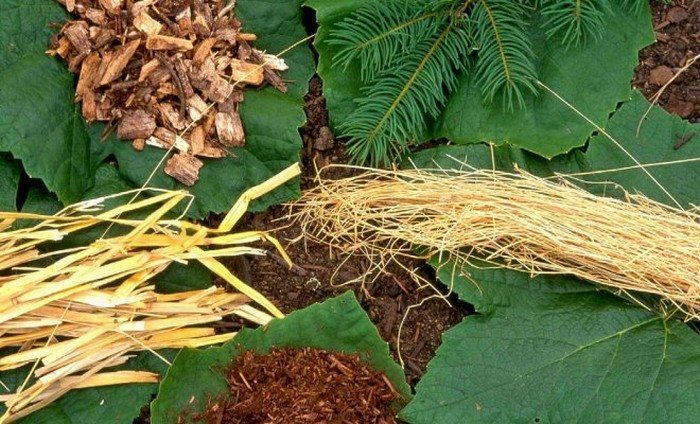
Bulk organic matter is used for mulch. It is distributed over the roots in a layer of 10–12 cm, which depends on the regions where phlox is grown. Peat, humus, and compost are used. In particularly harsh areas, bushes are insulated with pine branches and chopped brushwood.

Thanks to these measures, it will be possible to put the phloxes in order, restore the strength lost during the flowering period, nourish them with useful elements, and get rid of diseases and harmful insects. And in the new season, the renewed plant will delight you with lush flowering, bright colors and a wonderful aroma.


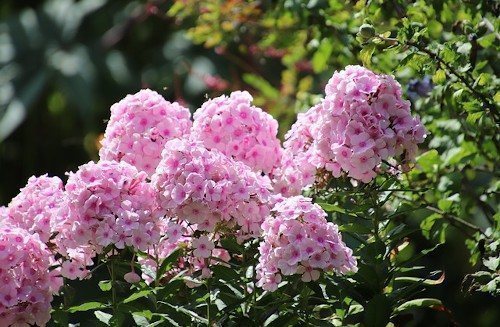


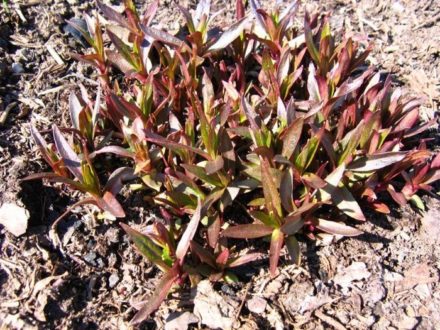



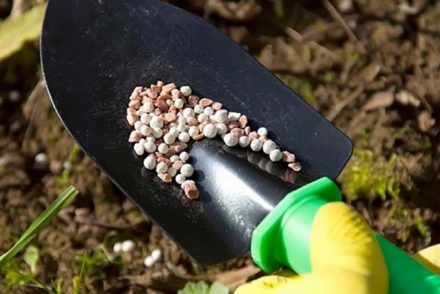
How should you fertilize in the autumn so that the stems become thicker and the heavy spring rains do not bend them to the ground? I have had very thin stems for the second year now.